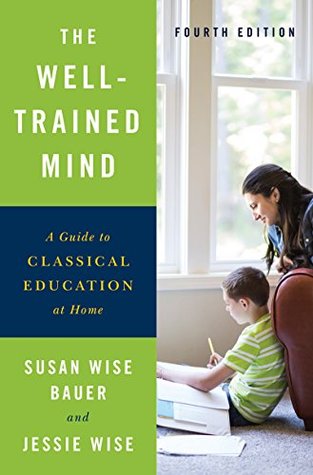More on this book
Community
Kindle Notes & Highlights
if you require a child to do addition with numerals alone (no objects) before she’s ready, the result will be math frustration.
If integrating mathematics into your regular routine doesn’t feel natural (probably because you never had it done for you during your school years), set a goal: read one math storybook and do one “real-life” math project every week.
If you choose a conceptual program, supplement with additional math drills; if you choose a more procedural program, be sure to add some extra instruction in concepts.
If your child cries when you bring out the math book, switch programs, no matter how good everyone else tells you the program is.
Math is best done daily, especially in the early grades. (And most home schoolers schedule math first thing in the morning, when children are the most alert and ready to tackle a challenge.)
You’ll want to add several elements to the program: math fact drills as needed, more frequent review of concepts that have been covered in the past, and manipulatives.
Math Mammoth Light Blue Series
Alpha (single-digit addition and subtraction), Beta (multiple-digit addition and subtraction), Gamma (multiplication), Delta (division), Epsilon (fractions), and Zeta (decimals and percentages).
Manipulative Blocks.
Gamma (multiplication).
Saxon Math 1
Saxon Math 2
Saxon Math 3
Saxon Math 5/4
Cuisenaire Rods.
Geared Clock.
Pattern Blocks.
Unifix Cubes.
Khan Academy.
Times Tales.
Multiplying Menace: The Revenge of Rumpelstiltskin,
The Multiplying Menace Divides.
The Librarian Who Measured the Earth.
Mummy Math: An Adventure in Geometry.
Patterns in Peru: An Adventure in Patterning.
Math Fables: Lessons That Count.
The goal of the classical curriculum is multicultural in the true sense of the word: the student learns the proper place of his community, his state, and his country by seeing the broad sweep of history from its beginning and then fitting his own time and place into that great landscape.
Elementary history study has three major goals: to give students an overall sense of the progression of historical events from ancient times to the present; to develop skills in reading and writing; and to teach geographic awareness.
And in the elementary grades, history should be enjoyable.
No matter what grade you begin in, progress to the moderns; when the student reaches fifth grade (the “logic stage”), supplement his study with the Kingfisher History Encyclopedia, a time line,
(Don’t forget that narrations done for history, and copywork/dictation chosen from your child’s history books, can be used to meet the writing goals in Chapter 5.)
All of the child’s narration pages and pictures should be placed in the history notebook.
So in the early grades, give priority to reading, grammar, spelling, writing, and math. History and science follow on these basic abilities.
or you’ll do math, grammar, writing, and reading four days a week and devote the fifth to history and science.
Once you’ve completed the process of read/narrate/color/map, it’s time to go to the library.
History should be a delight-centered activity for the grammar-stage child.
Pay special attention to biographies. Try to make a page for all the great men and women you encounter
If the child can tell you what you’ve read to him, he’s been listening. If he reads several books on the same subject, the information will be fixed in his mind.
A first grader could memorize the pharaohs of Egypt and the first twenty emperors of Rome.
A second grader could memorize the rulers of England from Egbert through Elizabeth I, along with each ruler’s family allegiance (Saxon, Dane, Norman, Plantagenet, Lancaster, York, Tudor).
the child’s interests and background, are the rulers of Scotland from Malcolm II through James VI, the later Holy Roman Emperors, or the rulers of other medieval countries—France, Spain, Japan, Russia.
Second graders could also memorize the major wars and ...
This highlight has been truncated due to consecutive passage length restrictions.
memorize at least the beginning of the Declaration of Independence
The third grader should also memorize the first twelve presidents of the United States and the major wars for the period 1600 to 1850.
Follow the same pattern: narration (now short compositions of about two paragraphs), illustrations or coloring pages, maps, and library visits.
American fourth graders should know the Preamble to the Constitution, the Gettysburg Address, and the purpose (if not the exact words) of the amendments to the Constitution.


